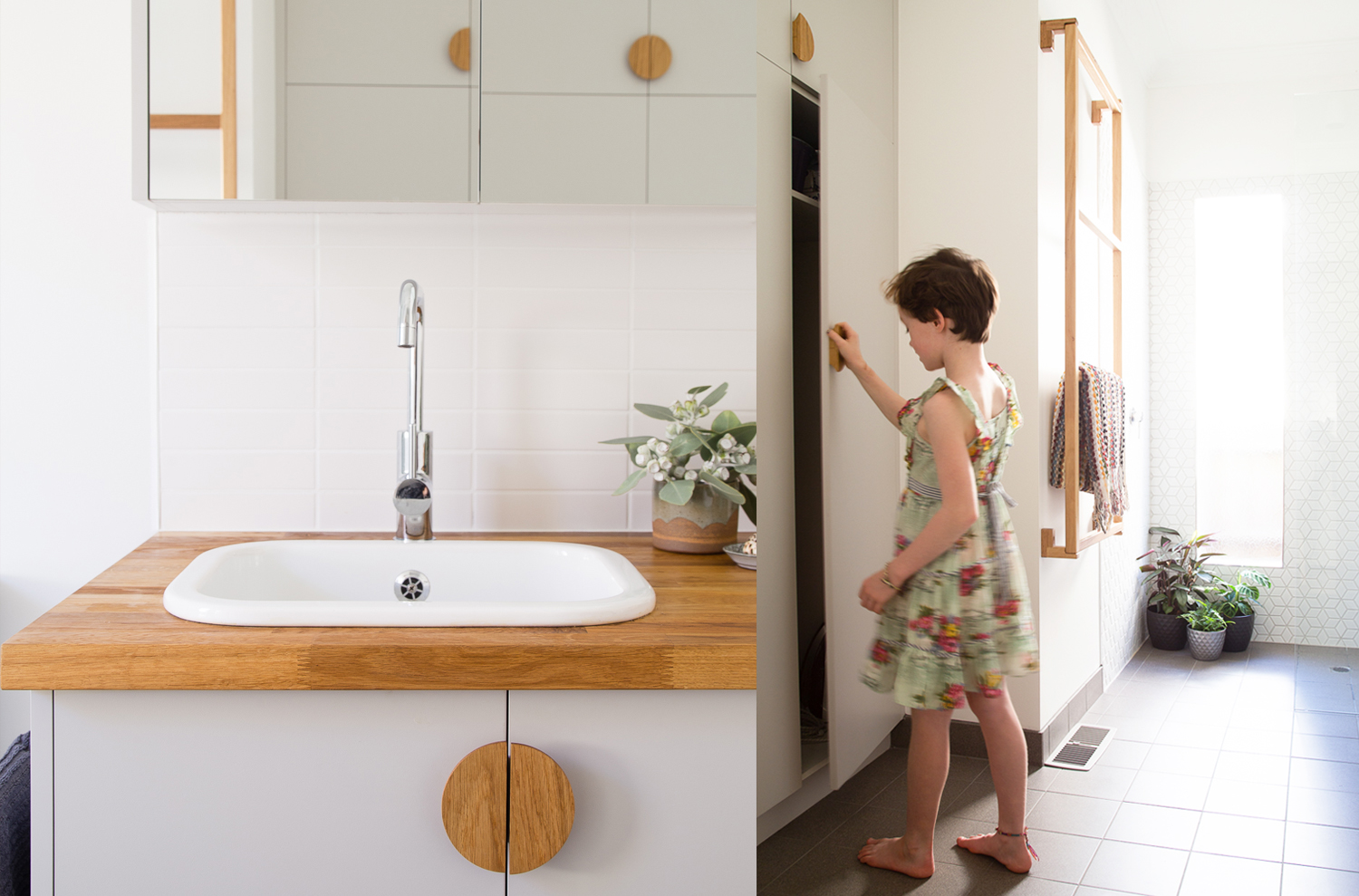Window furnishings are the nerds that no one wants to invite to the energy efficient house party. Curtains have had a bad rep for the last few years as natural light and indoor-outdoor connection drive home design. Our windows are getting larger relative to interior spaces and to cover them we often use blind systems that do very little to thermally seal your windows. Many ‘eco’ houses are designed around walls of glass with no thought given to hanging window coverings on them. There is a common misconception among consumers that double-glazing is a replacement for curtains. Double-glazing is an almost essential building element in this day and age, but it will not work to its optimum to thermally protect you home unless combined with high quality window furnishings.
Good window coverings are an excellent way to increase the energy efficiency of existing homes and new buildings. The humble curtain is set to make a big comeback. If you are sitting in a warm room at night between an uncovered window and your heating source it is likely you will feel a chill, as you are sitting the middle of a draught created by the interior heat making a beeline for the cool exterior. Properly fitted and lined curtains and window treatments are the best way to avoid this effect and to slow down interior heat loss. They also work to reduce heat gain in summer; however shading the glass externally is the better way to achieve this.
However, not all window treatments have a beneficial thermal effect, they must be designed, constructed and hung a certain way to work. If you are wondering if your sheer curtains have any insulating qualities, imagine standing in the snow in a sheer nightdress and you will have your answer. The curtains/blinds must create a seal over the window so that a layer of warm air can become trapped in between the curtain and the glass. If the curtains hang in front of the window with gaps at the base and top it will become a passive cooling system, sucking warm air from the upper part of the room down beside the cool glass and pushing it out the bottom freshly cooled.
4 WAYS TO CHECK IF YOUR CURTAINS WILL SLOW HEAT LOSS:
1. The are fully lined with 3 pass thermal lining.
2. They touch the floor.
3. They wrap around at the sides to the wall. (Use track rather than rod and ring hanging systems.)
4. They are sealed at the top by a pelmet. These can be timber, fabric, or invisible (achieved by resting a piece of lightweight timber along the track mounts between the wall and the curtain).
THERMALLY EFFECTIVE BLINDS:
1. Thermally lined roman blinds that sit against the window frame and make a reasonable seal.
2. If you have deep timber reveals or window frames and can mount a blind against the glass and inside the frame of the window then block out roller blinds and honeycomb blinds can be effective, but these must have a snug fit! You can tell if they are sealed at all sides, bottom and top by the amount of light getting in around the edges.
5 TIPS FOR CURTAINS THAT LOOK GOOD:
1. Have them reach the floor: Curtains half way down the wall look like a man with suit pants that are too short. Also mount them at least 200mm above the window (or from the ceiling) so it looks balanced.
2. Pick your fabrics carefully as curtains are a long-term investment. Make sure you don't pick something that will date in 5 years as hopefully they will last at least 10-15 with good care.
3. If you don’t want to feature them, match the fabric to the wall colour, they will blend in and disappear.
4. Make sure you allow enough room to stack back the curtains off the window so you don’t block any views or light when they are drawn back.
5. Get expert advice. Badly made curtains and poorly fitting blinds draw attention to themselves. Interior designers and decorators often offer you good discounts that mean that you pay less for your curtains and blinds and all of the stress of figuring out what will work and look good is taken care of. Brave New eco specialises in custom curtains and blinds in a range of sustainable, natural fibre and hand printed fabrics by local designers.













































